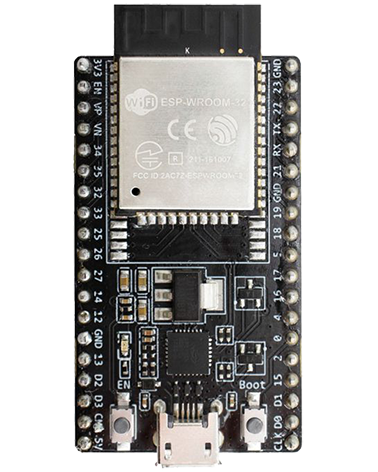ESP-IDF Build, Flash and Monitor To exit from IDF monitor use “Ctrl+]”
Category: Visual Studio Code
Project (& ESP32) settings
Rename (or move) project Close the project then rename its folder. Delete the \build\ directory so you delete the compiler cache etc. Open CMakeLists.txt in your project root and update: project(MyProjectName) Configure project SDK Configuration editor Menu > View > Command Palette > Type: “ESP-IDF: SDK Configuration editor” (or use CTRL+E then G)Wait for it […]
Rename project
See here
Terminal window
Pause the Terminal window CTRL+T then CTRL+Y Getting command prompt You may need to use CTRL + ] to end its current mode and get its command prompt first Getting “ESP-IDF Terminal” instead of powershell You need the “ESP-IDF Terminal”, if your open Terminal is Powershell, kill it and then use command prompt (CTRL_SHIFT+P) and […]
Using Visual Studio
Resources The official documentation Keyboard Shortcuts Command Pallet (run command box) CTRL+SHIFT+P (Menu > View > Command Palette) Build Project CTRL+E then B (ESP-IDF: Build your project)

